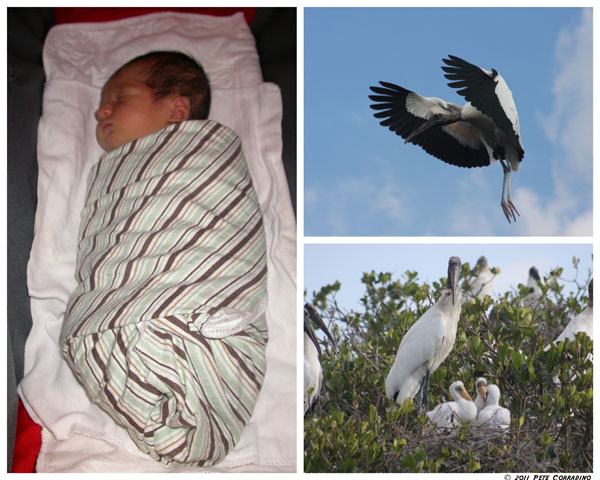This photo of Pigs on a Scooter was taken on 10/31/2010 in Washington, D.C. by me in the company of trusted friends Eric, Rebecca, Frank and the less trustworthy Mandy. Recently a second photo of Pigs on a Scooter has surfaced lending additional credibility to the first photo.
Some have derided it as a hoax, a composite of a bustling DC scene and an unrelated photo of two costumed Pigs on a Scooter. The technical skill of capturing Pigs on a Scooter as they whizzed by on a busy Saturday afternoon seems too daunting to some yet I was in fact able to capture the moment with my Nikon 4500.
Others have pointed out that two Pigs on one Scooter could not maintain the necessary speed and inertia to navigate the city streets but eyewitnesses confirm not only is it possible, they did it without proper safety helmets and a clearly under inflated back tire. Pig heads do not constitute proper safety gear for motorcycles in D.C.
The other photo can be seen at http://www.flickr.com/photos/voteprime/5132775952/ and recipes on http://meatblog.fishinnards.com/?p=653




